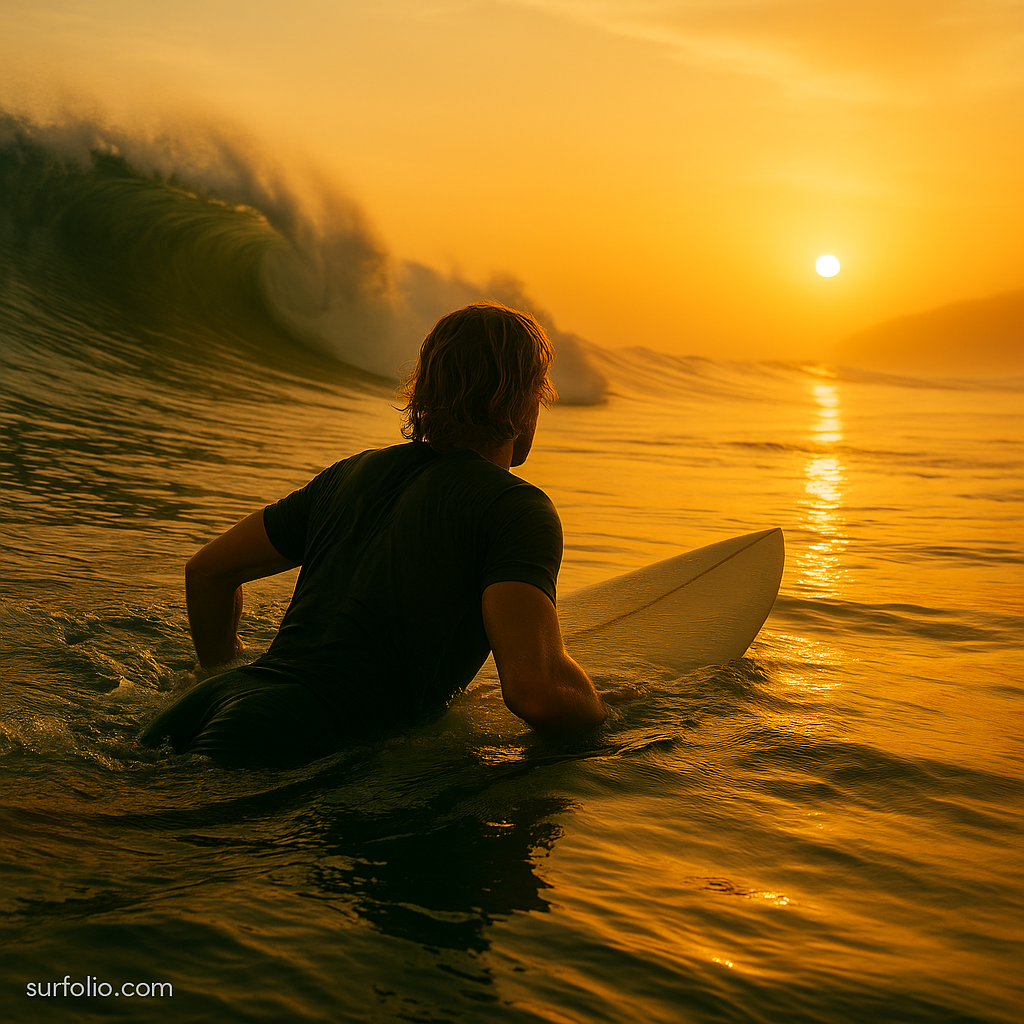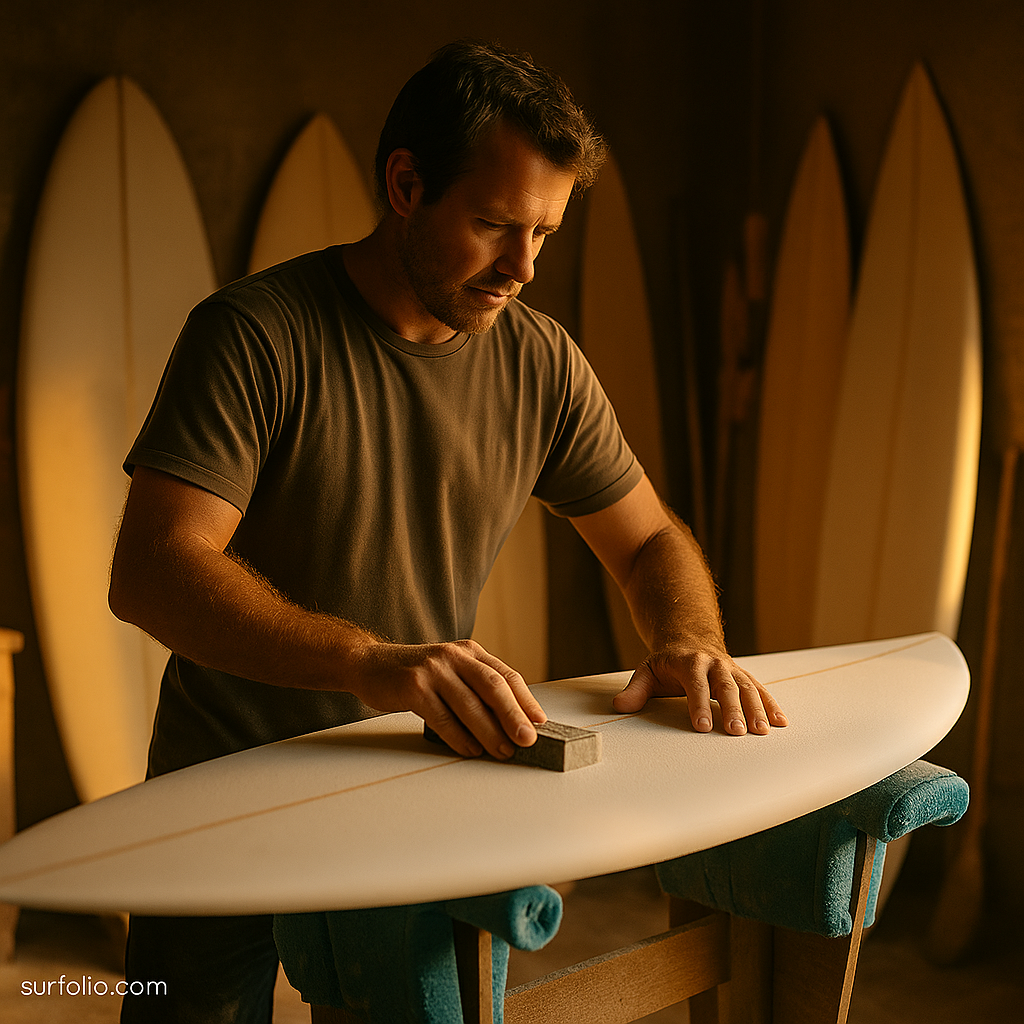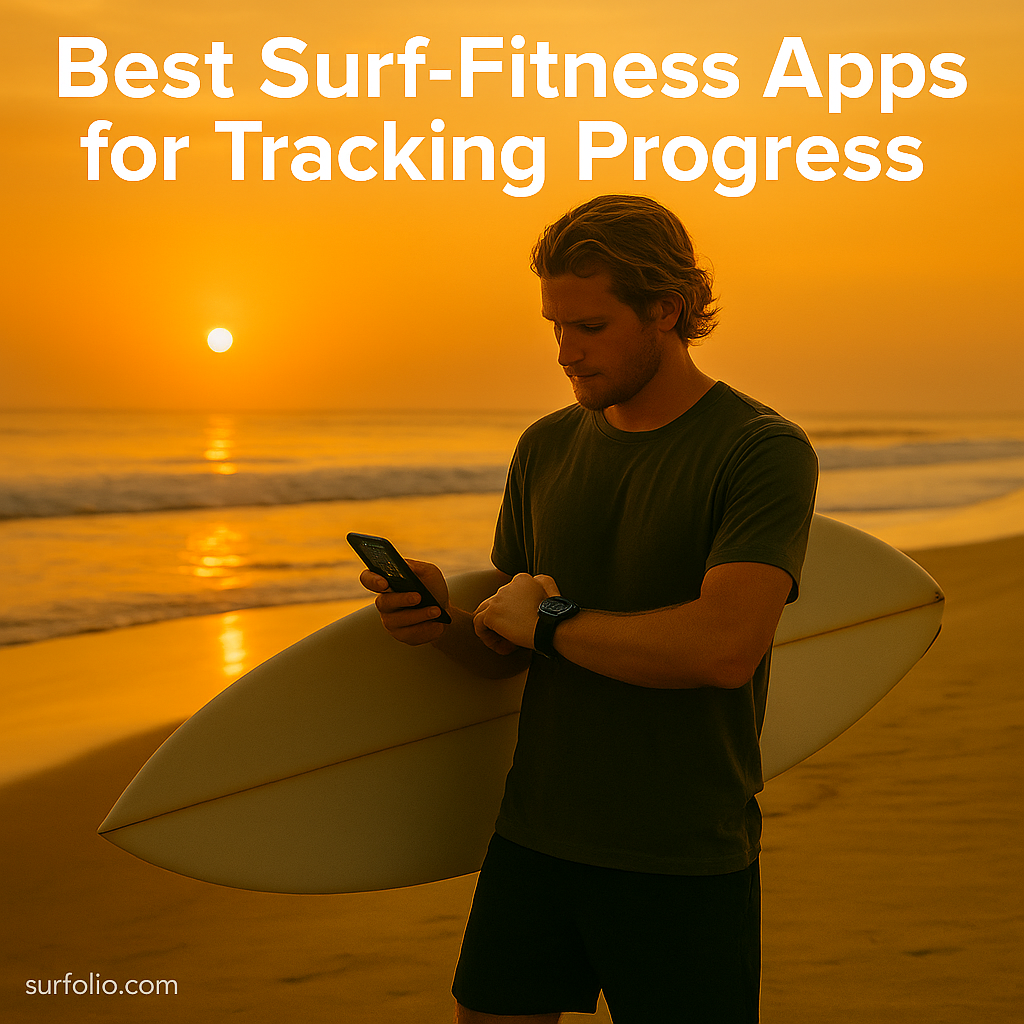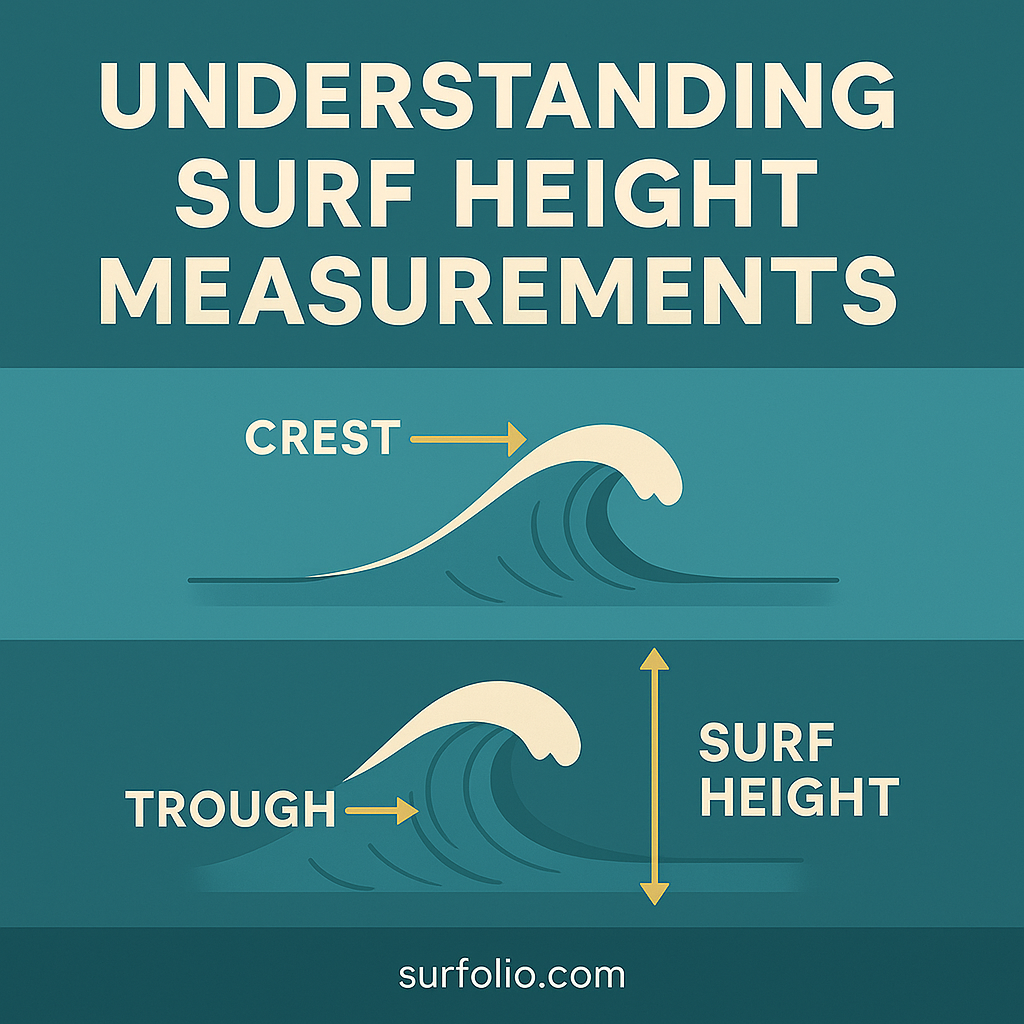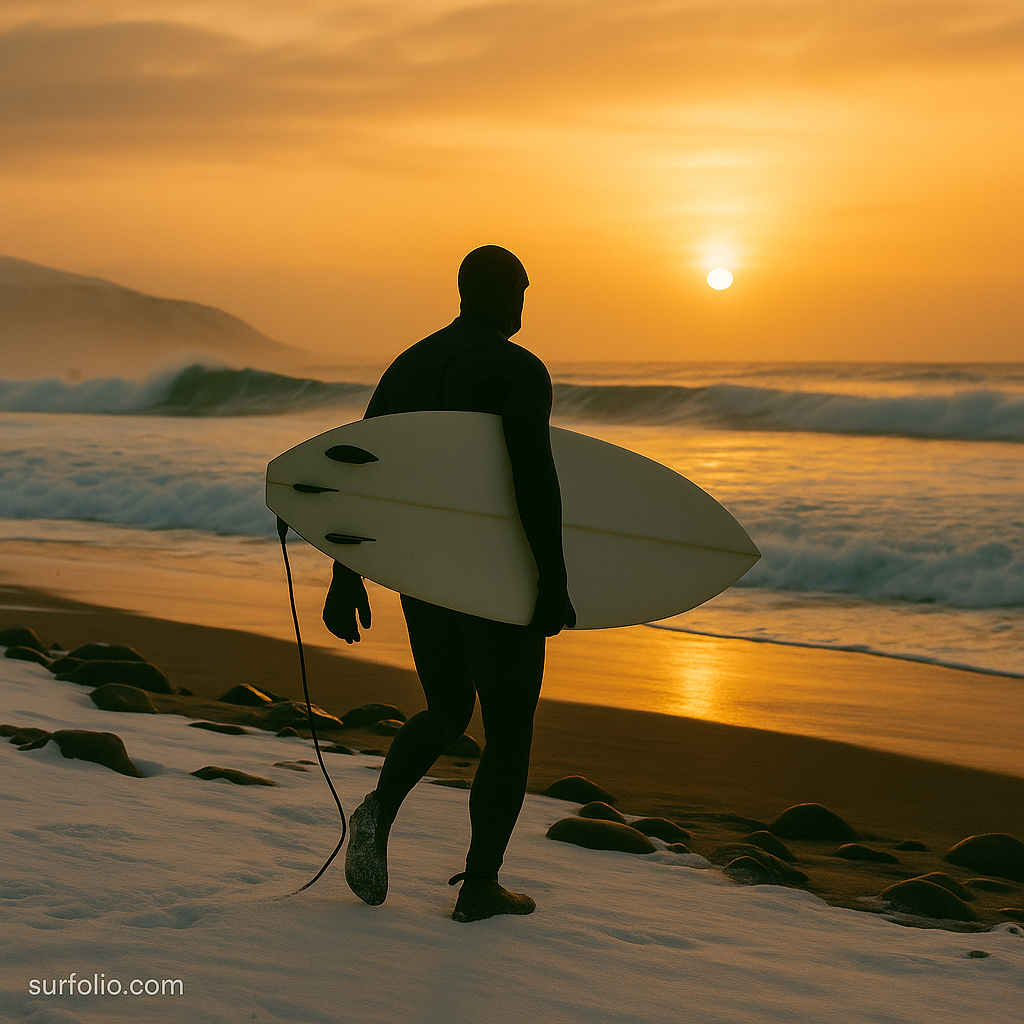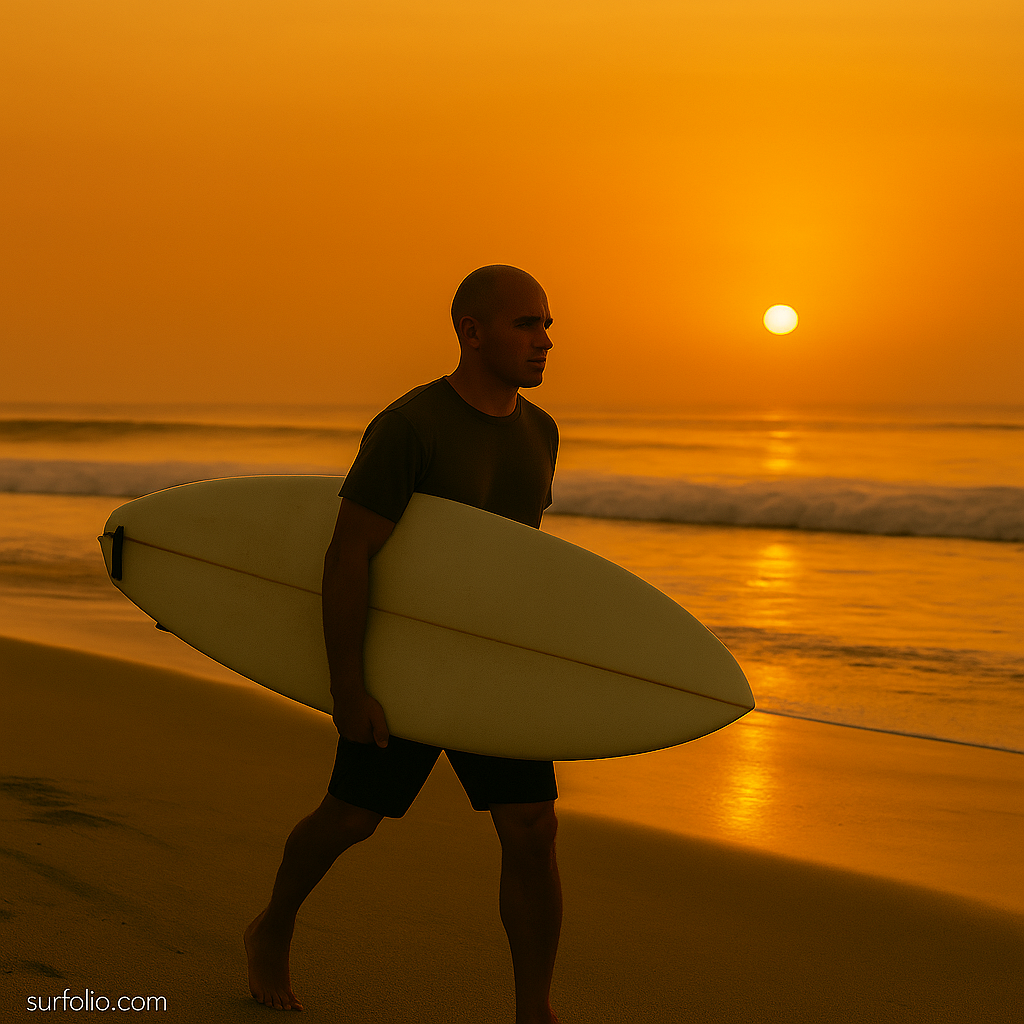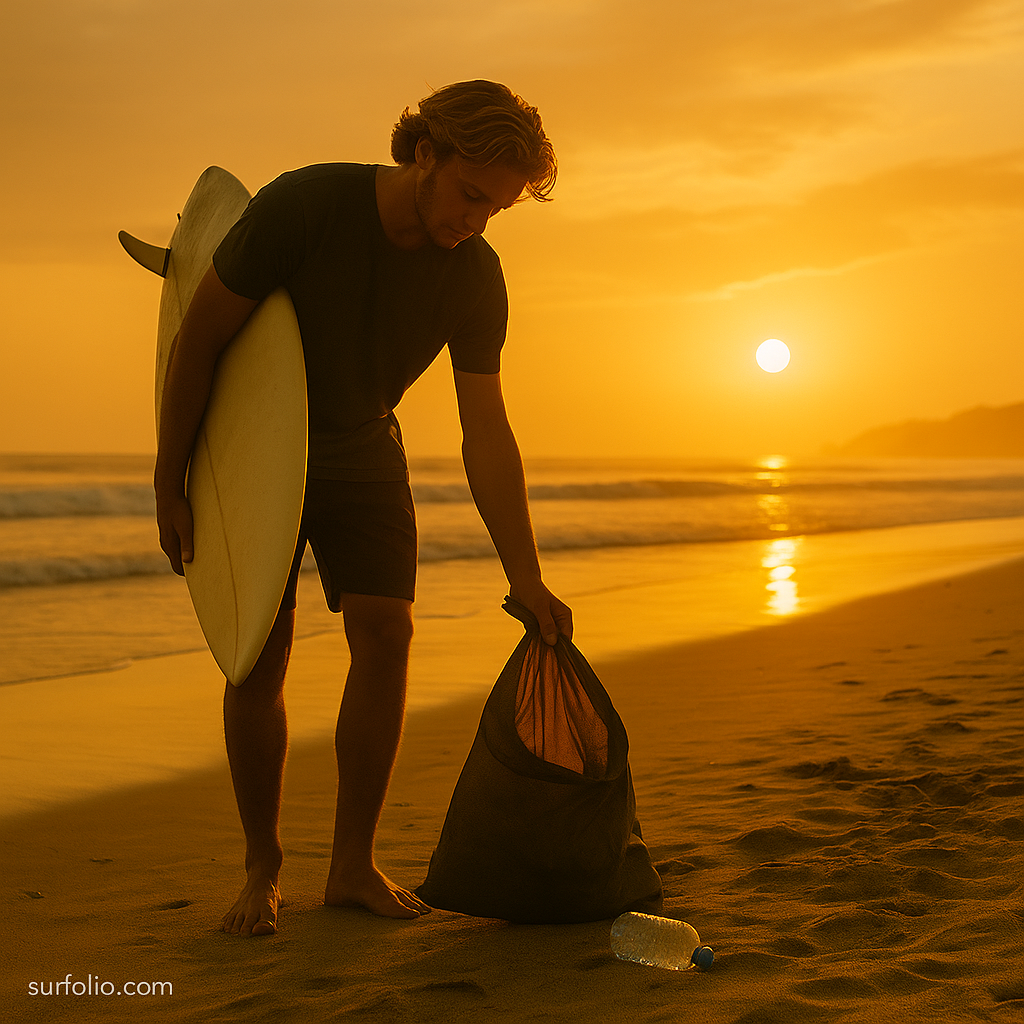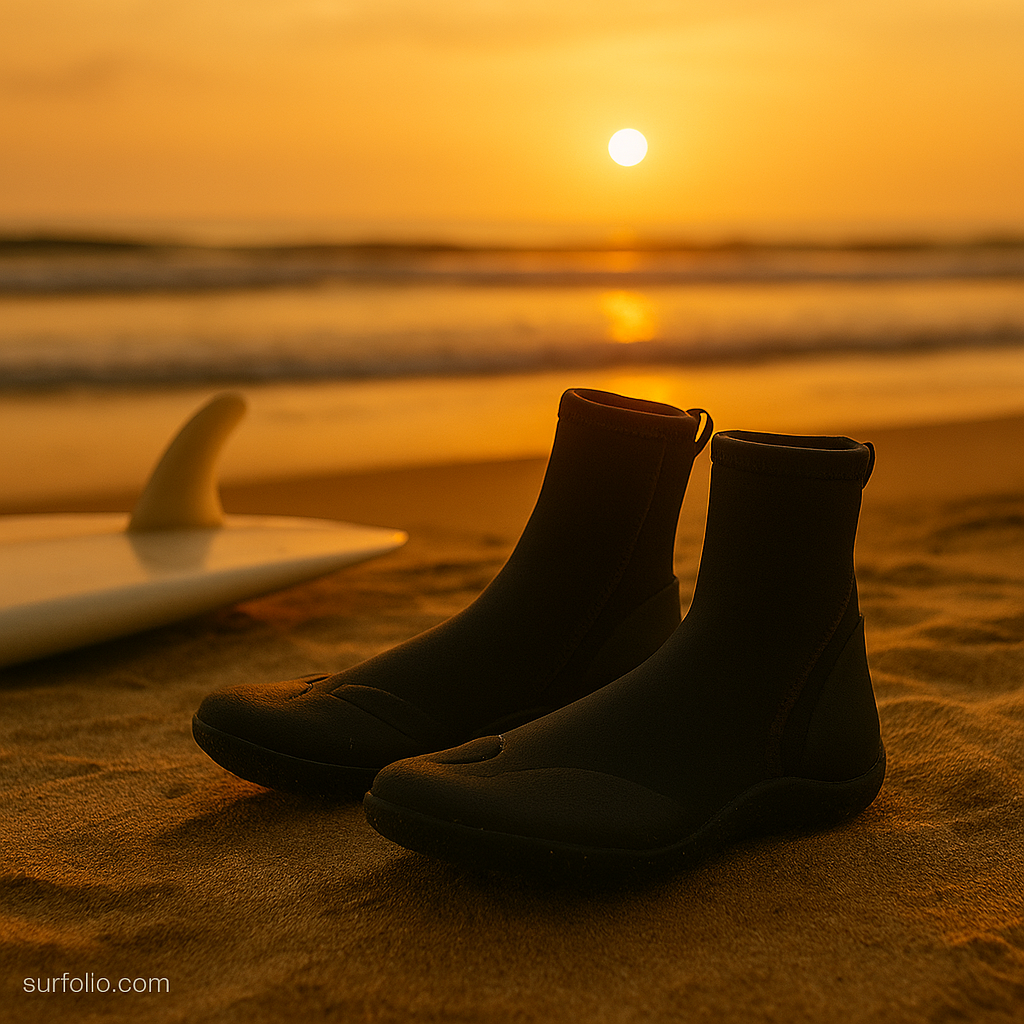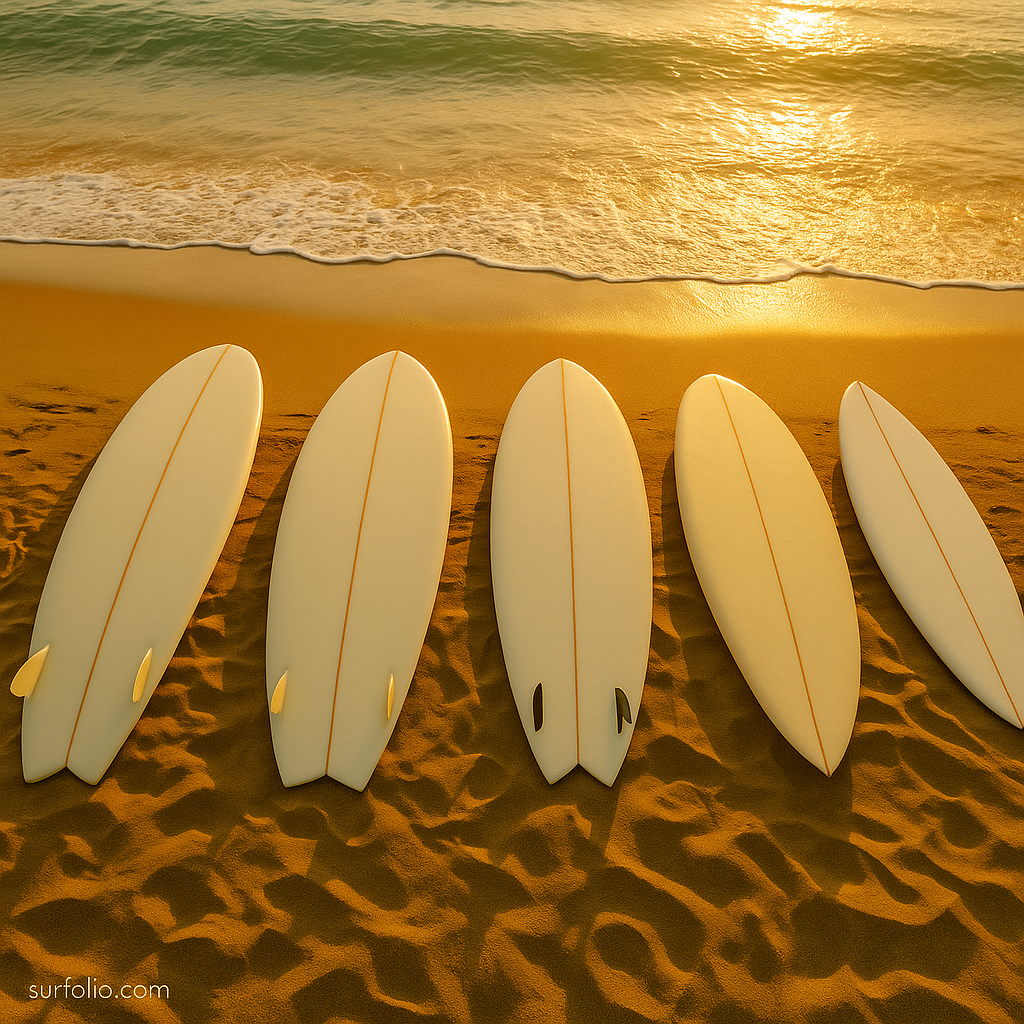
Every curve, contour, and fin setup on a surfboard affects how it rides. Whether you’re carving tight turns in shoulder-high waves or gliding smoothly down the line, the shape of your board determines how easily you can control and maneuver it.
Understanding board design isn’t just for shapers or pros — it’s for any surfer who wants to choose the right board for their style and conditions.
Let’s break down the main elements of board shape and how each one influences performance on the wave.
Continue reading “How Board Shape Affects Maneuverability”
